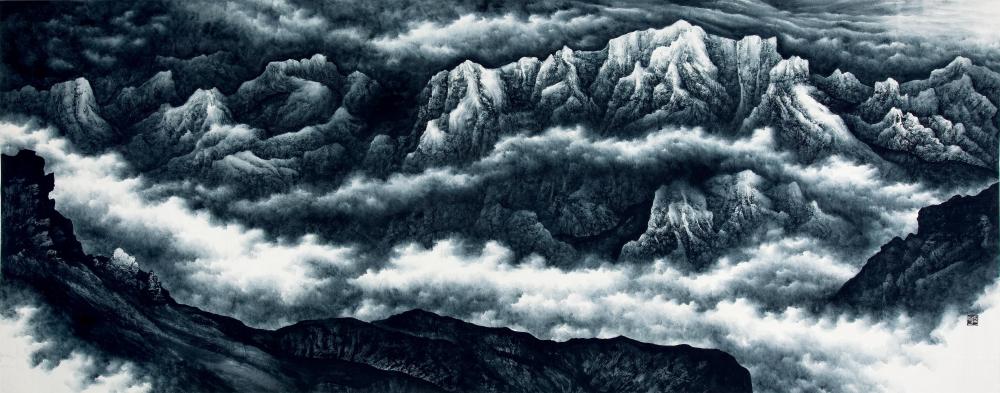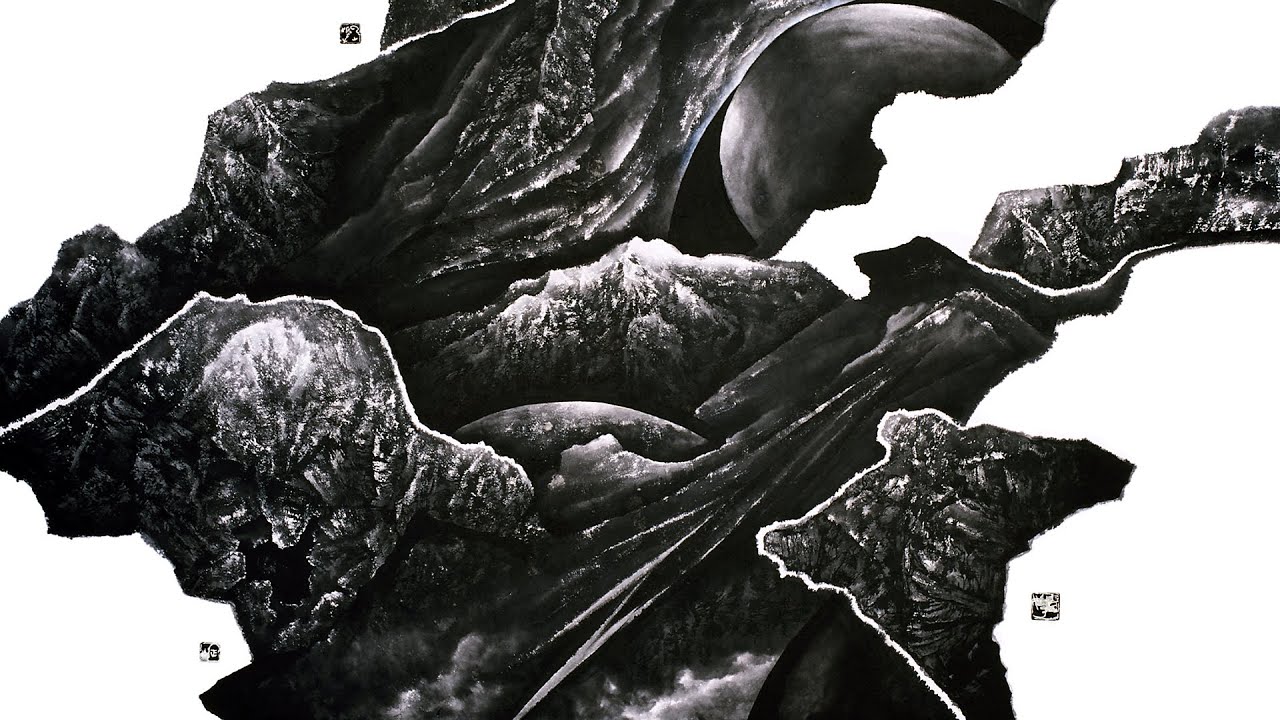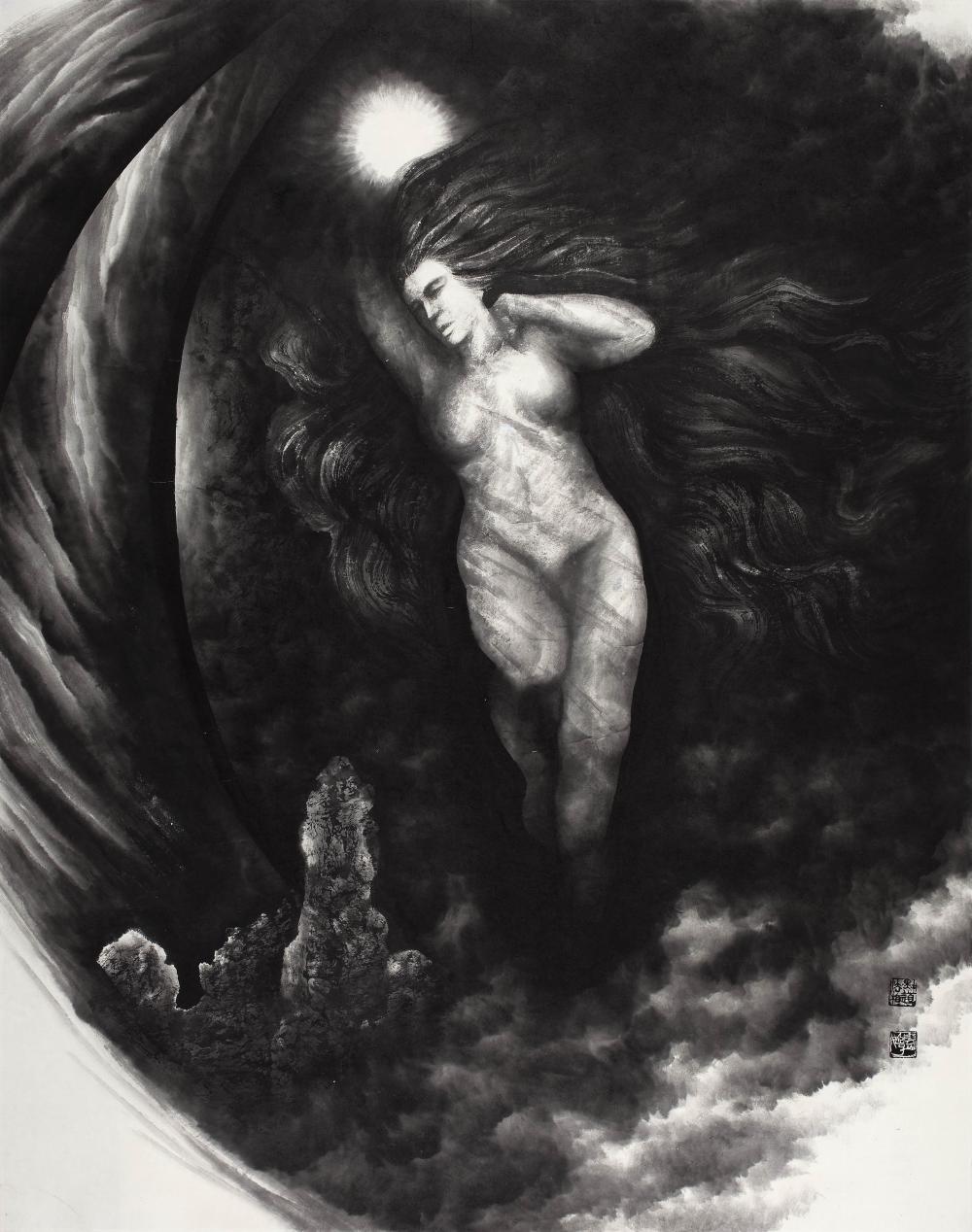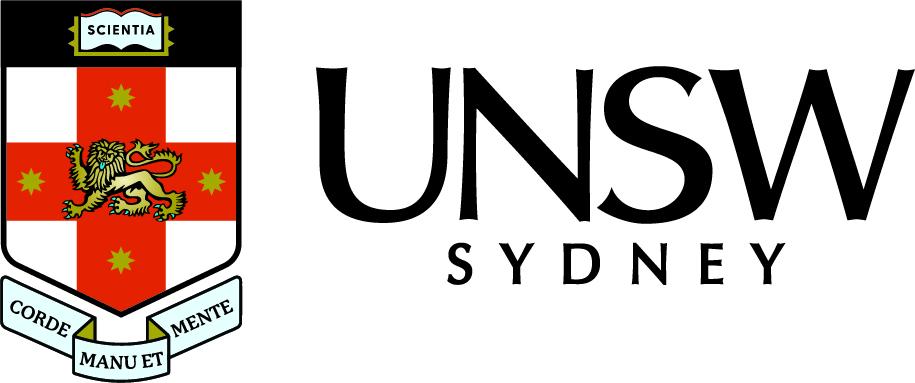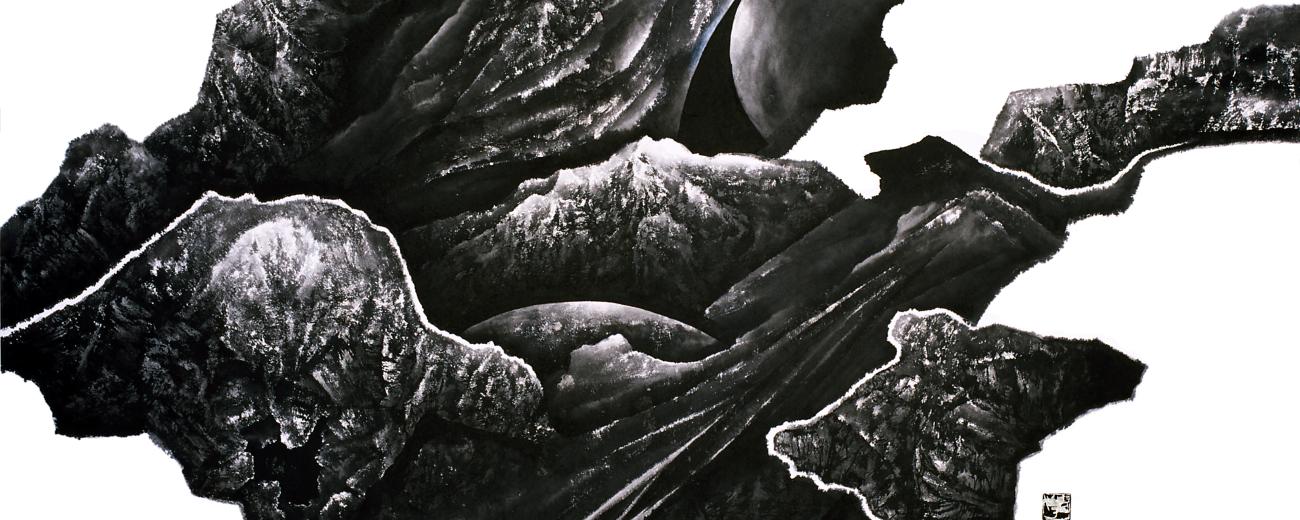
Strange Wonders: Jizi and pioneers of contemporary ink from China

Key information
- Date
- to
- Time
-
10:30 am to 5:00 pm
- Venue
- SOAS Gallery
- Room
- SOAS Gallery exhibition space
- Event type
- Exhibition & Event highlights
About this event
An undulating cosmic scene sweeps across a horizontal plane, swirling clouds, an immersive vortex of movement leading into a central sphere.
Lit up at intervals, the whole vision is one of light and darkness, floating perspectives of constant movement and change. Jizi’s (1941-2015) world bridges the known and the unknown, the spiritual and the real, the inner heart and external forces.
Strange Wonders is taken from a poem written in the 14th century by the ink painter Ni Zan (1301-1374). The term evokes the mysterious awe that nature elicits in the individual in the Chinese landscape tradition, echoed by European romanticism and the related emergence of modernism in the 19th and 20th centuries.
It could also refer to subconscious states of mind explored by the surrealist movement in the early to mid-twentieth century, when artists such as Leonora Carrington painted fantastical imagery evoking dreamlike worlds whereby outright order and rationality are left behind and inner desires unleashed.
The subtitle Dreams, Desires and Daoism explores the idea of the inner self through the resonation of Chinese Daoist thought to contemporary ink practices and aesthetics. As such, it gives a discursive grounding to Chinese artistic forms within a transnational cultural context. In the words of John Hay, desires in the ink tradition can be read in the textural surface and depth of the works and ‘hang on the threads of multi-layered cultural allusions’.
The enigmatic quality of modern and contemporary ink works can be read within these discursive and art historical legacies. As hybrid forms woven from a variety of cultural threads in the modern period, they can be read in dialogue with a Chinese cultural legacy that consists of a syncretic tradition of Confucianist-Buddhist-Daoist thought reaching back more than two thousand years.
On the lower gallery floor, Jizi’s first solo presentation in the UK, represents a significant moment for the artist posthumously. The exhibition encompasses a broad and impressive range of works from Jizi’s oeuvre from sharply angular, energetic abstract ‘mindscapes’ to vastly extending scrolls asserting a persistent and concerted creative exertion during his lifetime.
This presentation brings his work into view for audiences unfamiliar with the artist, allowing us to appreciate his distinctive oeuvre within the historical development of contemporary ink and its hybrid evolution.
In the past 20-years there has been an explosion of ink painting as a medium in the Chinese cultural world, practiced in East Asia for centuries and developed as a highly sophisticated art form for almost two millennia. A diverse and eclectic range of creative production encompasses all forms of contemporary ink work: calligraphy, painting, figurative, conceptual and abstract. The ground floor gallery will display a variety of works from the Marie-Louise van Liebergen Collection by leading figures of contemporary art such as Xu Bing, Gu Wenda, and Wei Ligang, as well as established artists from Taiwan, Hong Kong and the UK.
Now thriving as an integral part of the dramatic expansion of the cultural world in China, ink is proving a resilient form of contemporary expression in contrast to critic Li Xiaoshan’s assertion in the 1980s that ‘traditional Chinese painting had reached a dead end’.
The artists shown here are key figures of contemporary art recognised in China, yet whose work is rarely exhibited in the UK. Strange Wonders includes painters from China, Taiwan and Hong Kong, as well as those in the Chinese diaspora to place their works into the story of modern ink contextualised within the broader framework of modern and contemporary art that is often dominated by the Western canon.
Proponents of ink in the mid to late twentieth century, such as the modern master Jizi, were influenced by global and transnational developments in the later twentieth century. His work exemplifies the hybrid modernisation of ink painting, exploring dynamic compositions in huge works of landscape and the cosmos in dialogue with earlier ink painting traditions and influences from Japan and the West.
Other artists included are leading figures in the China Avant-garde movement in the mid-1980s such as Gu Wenda and Xu Bing, pioneers of Chinese conceptualism in the realm of the deconstruction of language. As a medium of enormous flexibility and philosophical depth, ink opens spaces for further cultural interpretation and inclusion in the broader art historical and contemporary art discourse as a dispersed form transcending cultural confines.
Contemporary works by UK-based artists such as Guo Le and Cai Yuan are included to show forms of abstraction by diaspora artists that can be placed within a broader context of transcultural artistic practice in relation to the philosophical discourses of ink. A specially commissioned performance by Xie Rong (aka Echo Morgan) will take place during the exhibition, who uses autobiography to tell thought-provoking narratives through the embodiment of body, gesture, and voice juxtaposed with classical Chinese aesthetics.
Please be aware that a large number of magnets have been used in the display of artworks in the lower-level gallery.
Exhibition catalogue
The exhibition catalogue, 'My Father Jizi: My mission is not yet complete' is available to download free.
PDF document, 3.44MB
Roundtable event
A roundtable discussion titled 'Contemporary Chinese Ink Painting and the Persistence of Daoism' will be held on 12 October, in conjunction with the exhibition 'Strange Wonders – Dreams, Desire, and Daoism: Jizi and Other Pioneers of Contemporary Ink Painting from China'. The event will explore the connection between Daoism and contemporary ink painting in China.
It is free and open to the public.
The exhibition has been made possible by the generous support of the UNSW Judith Neilson Chair of Contemporary Art.
